Manicure Nail Forms
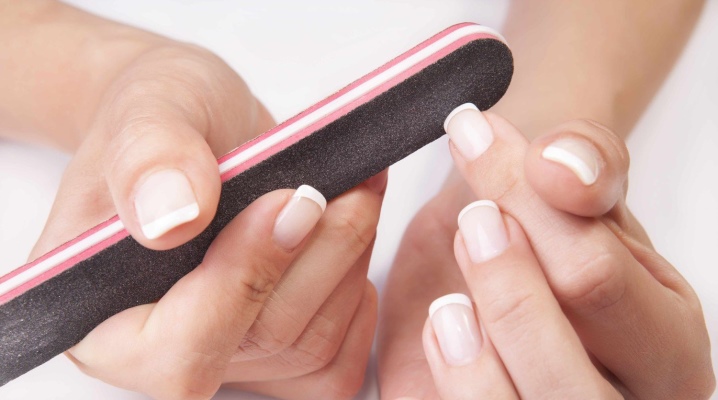
Many girls are fond of manicure, but often their knowledge about it ends with varnishes, rhinestones and stickers, and few people know what a huge role the shape of the nail plays.
Kinds
There are several varieties of them. The most common of them are:
- Square shape. It is ideal for owners of long, thin fingers with beautiful phalanges and knuckles and is not suitable for girls with short or massive fingers and an overly wide or short nail (in this case, the square will increase towards the tip, creating a trapezoid). Nails are easy to file to this shape at home, but it gets in the way in everyday life, since it is easiest to catch on a square - for example, with clothes. The square can be either sharp, defined, or soft (in this case, the risk of hooking and breakage is lower). This form of nails looks equally good both without varnish and with it, and the “French manicure” technique is worth highlighting separately - it was created specifically for square tips.
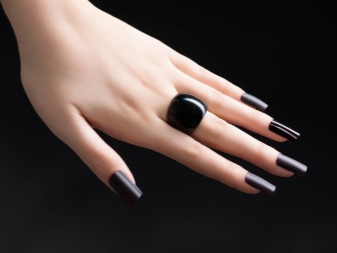
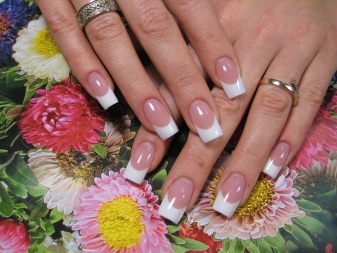
- Round. It is equally common in people with large fingers, nail beds and palms in general, and in owners of thin wrists and neat thin fingers. It is actually a circle that is not flattened from the sides. As a rule, such a natural shape is the most difficult to change - the nails grow in a circle, and it is very difficult to turn them into an even square, or even more so into a stiletto. And by the way, vice versa. The best option in length for this form is short, neat nails covered with clear varnish or with a neat manicure.
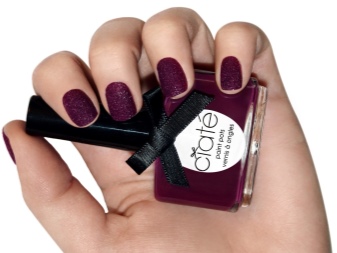
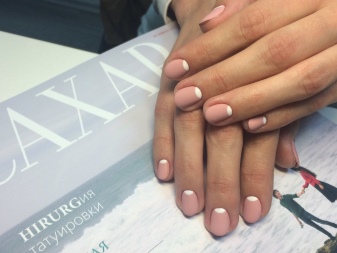
- Oval. This form is natural for many girls, and many choose it. The thing is that the oval is quite versatile (suitable for a narrow nail, and wide, and long fingers, and short, thin and full), and the free edge is smooth, in the form of an arc and does not break, which makes it ideal when washing dishes or doing sports. As for the length, oval shapes look best on short and medium nails, long ones may not work. With them, you can consider any version of manicure, including the same notorious "French".
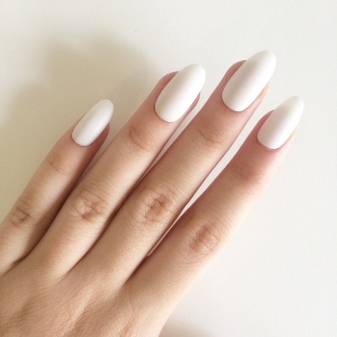
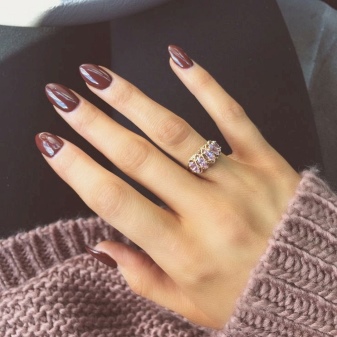
- rounded. The transitional between square and oval is a square with tips sawn off under a circle. It is also a versatile option, and, unlike the square, looks good on short nails and fingers and is a fairly natural option.
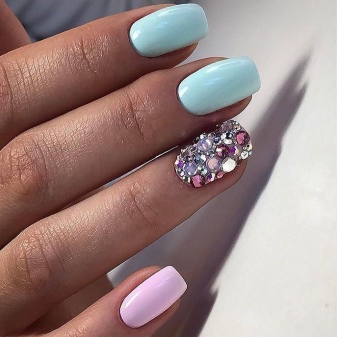
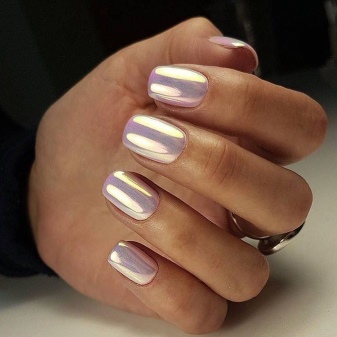
- acute form, triangles or stilettos (the name is given in honor of the shape of the cutting blade). The most aggressive and extravagant option, but as a tribute to fashion, it is often chosen as an everyday option.Just like square nails, this shape is suitable for owners of thin and long fingers, a neat nail bed and nails of at least medium length - and it is better that they are long enough. The tip of sharp nails protrudes significantly, which makes it not the most comfortable to wear.
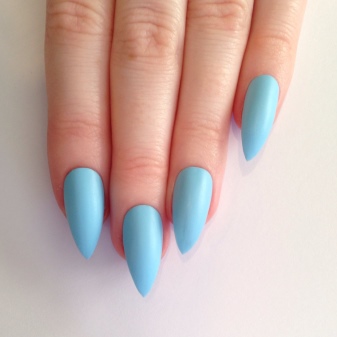
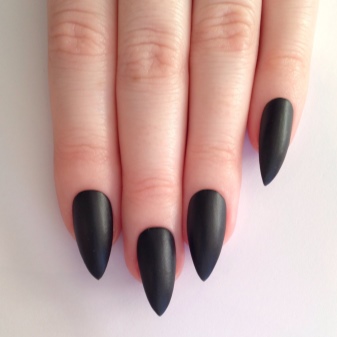
- almond shape, peak, or pointed oval. It is a transitional link between the oval and stylet and is a less striking version of the latter. The base of the nail for such a manicure should be narrow, and the tip should be narrower, but not pointed like stilettos.


Features and Benefits
You may have noticed more than once that by nature many people have nails of different shapes - for example, they are sharper on the index fingers with the rest square, or round only on the large ones. Basically, it is because of this that ladies have to change their shape, and often only on problem fingers. Well, or for the sake of a holiday, you can make a manicure stylized - sharp nails and stiletto nails are ideal for fatal looks, while round ones are good in everyday life.
Yes, in theory it is easy to change the shape of the nail - but in practice you need to understand that not every shape will fit a certain length, and sometimes nails can grow very, very slowly. At this time, of course, you can use invoices of the desired form. An important role is played by their quality, natural features and the hands themselves.
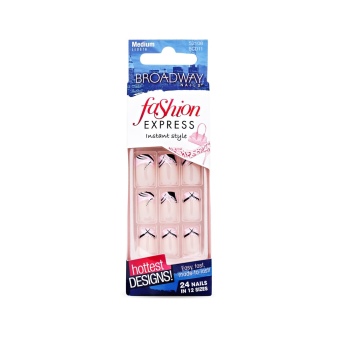
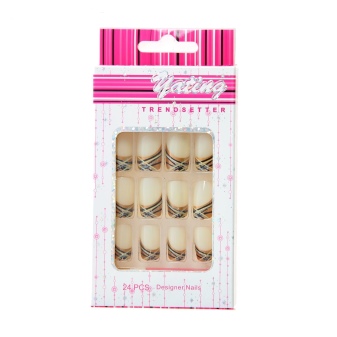
When choosing the shape of the nail, you also need to focus on the fullness and width of the fingers, their length. Also, it is under the form that you need to select a manicure. Nails are your main decoration on your hands, something that attracts attention.And you should understand that, for example, sharp nail plates should always be varnished, because they simply don’t look naked, while short oval or square ones with bright rainbow varnishes become visually even smaller.
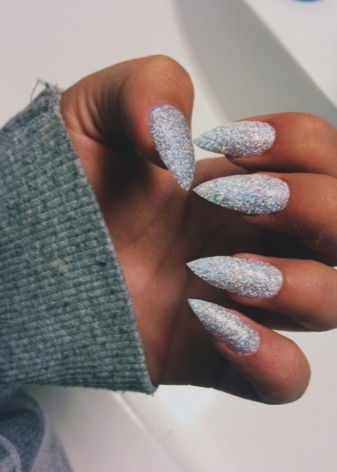
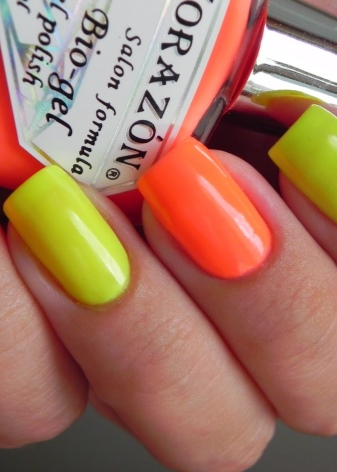
How to choose the right one?
First, you must start from your natural form. Yes, it often happens that the forms are different, and you must choose one. Always remember that:
- When choosing a shape, you need to pay attention only to the length of the fingers and the size of the nail bed, because the length of the nails will grow.
- Owners of a wide nail will suit an oval shape and a rounded square. You don’t have to worry too much about the length - short fingers will look very natural, and long ones will not look overloaded.
- For a narrow or small nail plate and long thin fingers, a square will be the ideal shape - this is a universal option, their length does not matter. You can also look for almond shapes, a rounded square and stilettos - but the latter are very uncomfortable to wear.
- If you are more comfortable wearing short nails or you don't like to paint them in bright colors, then stop at the oval or square-oval shape. So they will look well-groomed, but will not require much attention and care.
- The cuticle also plays a role. If it is oval or rounded, you can afford any shape of the nail plate. If triangular - almond and pointed shape will be ideal, but if square - then a square, soft or sharp, is created right for you.

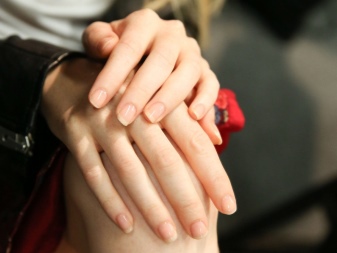
How to make the right one?
To give the desired shape, you can contact the master or try to make it yourself - the scheme is extremely simple. You will need a nail file.
If you want to keep your nail strong, use only files with a grain size (density) of 220 to 300. Beware of metal files if you have thin and weak nails, and if you are not afraid to spend a lot of money, choose glass files, they are quite gentle on the plate. Paper nail files based on cardboard and granite or quartz are disposable. The ideal option was and remains a plastic file.
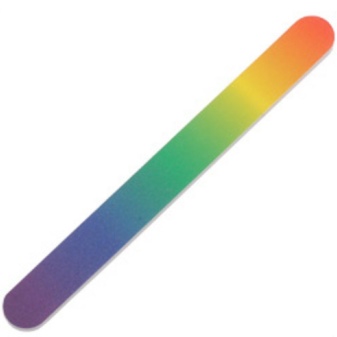
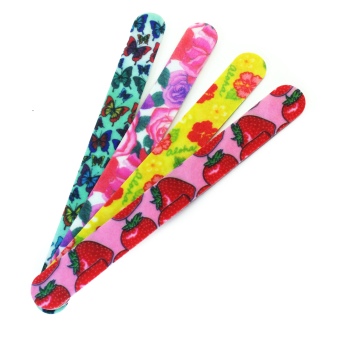
To equalize the length, you need to use a nail file in the form of a banana or an ordinary straight line. You need to hold it with four fingers on top, and a thumb on the bottom. Take your time - you will always have time to equalize the excess, but to restore - no.
First of all, decide on the length of the nails - it should be approximately the same, and holding the nail file perpendicular to your finger, carefully trim the overly long nails. Remember that there is nothing attractive in one long nail if the other nine are noticeably shorter.
Focus on the future shape - if we are talking about a square (straight or rounded), saw carefully, since this shape will not work later without losing length.
Then go to the form. To create an oval, round off the corners at the desired angle, moving in one straight line from the middle of the plate to the tip and vice versa. In order for the corners to be perfectly round and the center to remain straight, you need to drive the nail file at the same angle. Next, we recommend walking around the corners with a soft file to achieve symmetry. According to a similar scheme, square nails with rounded corners are created - except that the corner needs less filing, and the middle is not affected at all. The center stays straight.In the case of an ordinary square, you can limit yourself to trimming to a straight cut and adjusting the symmetry with a soft file.
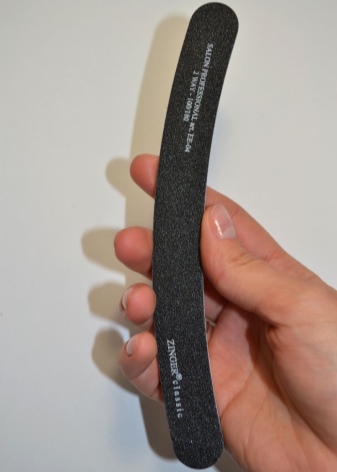
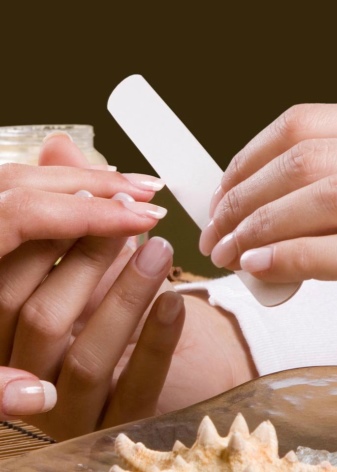
In fact, filing nails to a sharp shape is extremely simple, but there is one “but” - in this case, the nail plate should be long enough or at least medium, since you will have to cut from the middle of the nail. You must file the nail to an oval, and then sharpen its tip with movements opposite to rounding - the center of the nail remains intact, and the sides are actively processed with a file to an even triangular cut.
If during the process of filing the file slipped and one of the pieces of the nail separated and threatens to break, a special cosmetic nail glue will help you. Take a small piece of carbon paper or baking paper, smear it with a thin layer of glue, attach it to the broken spot and glue it. This maneuver can save the nail from breakage, but the paper will be noticeable - therefore, the subsequent coating of the nails with varnish is mandatory.
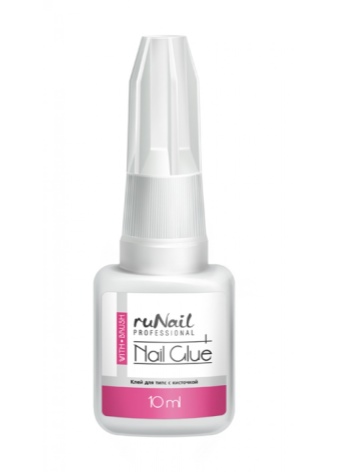
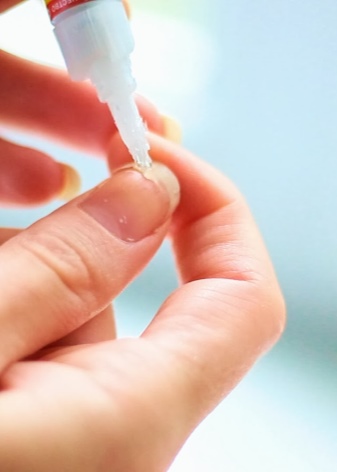
Only after that nails can be painted. By the way, a little advice - just before staining, use a base for varnish, and spread a special silicone around the cuticle and nail so that the varnish does not crawl out of it.

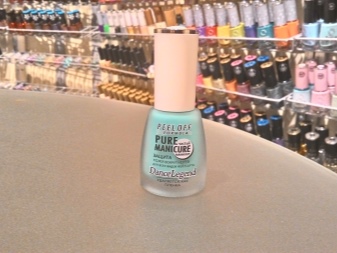
Secrets of specialists
Stiletto nails or nails of other original shapes and sizes are best not done on your own. If you want to stand out - contact the master or, much better, get false nails - for temporary wear of extravagant forms, this is the best option, since practice shows that girls of the 21st century are too active to wear stilettos without breaking.


Before going to the salon, rethink all your work - it will certainly be a shame to break your almond nails after the first cleaning.If you often type on the keyboard, the pointed shape will also not work. If you lead a fairly active lifestyle, go in for sports, do hard physical work and housework, then stop at oval, square shapes and transitional ones between them. In this case, the length should not be made above average.
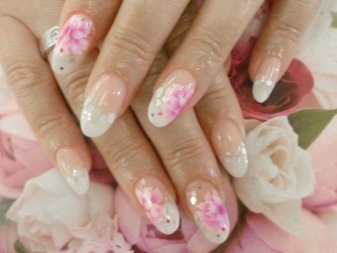
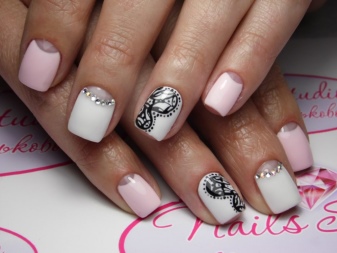
The quality of nails also has a huge impact - whether they are strong or weak, brittle or strong, whether they exfoliate. Remember that it is always better to cure your nails, and only then decorate them. For example, if you want to grow long nails, but they quickly break and exfoliate, then instead of accelerating growth, pay attention to strengthening and nourishing ones. Carefully file off the damaged nail as it grows, and in this way you will get beautiful long nails - after all, with proper care, they will grow healthy. Pay attention to waxes and oils.
How to do nail correction, see the following video.




























